Qu'est-ce que le carbure et les machines à commande numérique ?
Si vous vous plongez dans le monde de l'usinage, vous avez probablement rencontré deux termes clés : Outils en carbure et Machines CNC. Le carbure, souvent considéré comme le héros méconnu de l'usinage, est un matériau composite fabriqué en combinant des particules de carbure de tungstène avec un liant métallique, généralement du cobalt. Il est réputé pour son extrême dureté, sa résistance à la chaleur et sa durabilité, ce qui le rend indispensable dans les applications industrielles. Considéré comme le champion poids lourd des outils de coupe, il est suffisamment résistant pour supporter la chaleur et la pression de l'usinage moderne.
Aujourd'hui, les machines CNC (abréviation de Computer Numerical Control) constituent l'épine dorsale technologique de la fabrication de précision. Ces machines sont programmées pour effectuer des tâches complexes de coupe, de perçage et de façonnage avec une précision remarquable. Imaginez un robot sculpteur capable de créer des motifs complexes à partir de matériaux résistants tels que les métaux, les plastiques et les composites. Ensemble, les outils en carbure et les machines à commande numérique forment un duo de choc qui assure le bon fonctionnement du monde de la fabrication moderne.
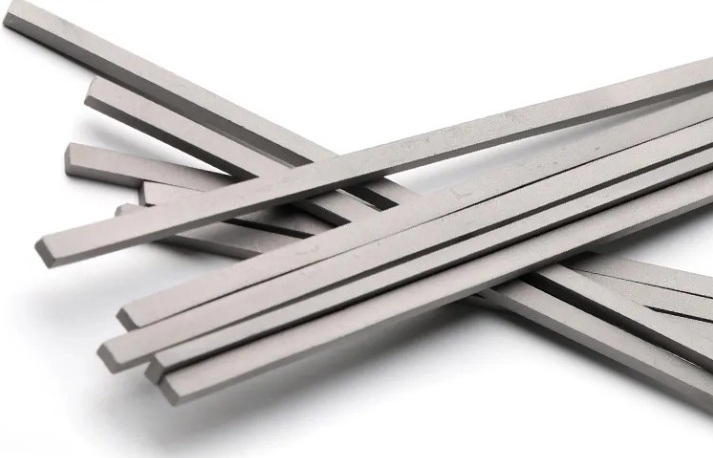
Pourquoi utiliser Outils en carbure dans les machines à commande numérique ?
Pourquoi le carbure est-il si important dans l'usinage CNC ? C'est simple : la performance. Les outils en carbure excellent là où d'autres matériaux échouent. Voici pourquoi ils constituent un choix de premier ordre :
- Dureté et résistance à l'usure exceptionnelles : Le carbure est incroyablement dur, après le diamant. Il est donc parfait pour couper des matériaux résistants tels que l'acier inoxydable, le titane et les alliages trempés.
- Résistance élevée à la chaleur : L'usinage CNC génère une chaleur importante. Les outils en carbure conservent leur tranchant et leur intégrité structurelle même à des températures élevées.
- Durée de vie de l'outil plus longue : Par rapport à l'acier rapide (HSS) ou à d'autres matériaux, les outils en carbure durent beaucoup plus longtemps, ce qui réduit les temps d'arrêt et les coûts d'outillage.
- Finition de surface supérieure : La précision du carbure permet des coupes plus lisses, ce qui se traduit par de meilleurs états de surface et un moindre besoin de traitement secondaire.
L'utilisation d'outils en carbure dans les machines à commande numérique ne se limite pas à la réalisation du travail ; il s'agit de le faire mieux, plus rapidement et plus efficacement.
Types d'outils en carbure pour la CNC
| Type d'outil | Description | Applications |
|---|---|---|
| Fraises en bout | Outils de coupe polyvalents utilisés pour le profilage, le rainurage et le contournage. | Opérations de fraisage dans divers matériaux. |
| Forets | Conçue pour réaliser des trous de précision avec une déviation minimale. | Perçage de l'acier, de l'aluminium et des matériaux composites. |
| Outils d'insertion | Plaquettes en carbure remplaçables montées sur des porte-outils pour la coupe. | Opérations de tournage, de fraisage et d'alésage. |
| Alésoirs | Prévoir une finition de précision pour les trous percés. | Réalisation de tolérances serrées dans les diamètres des trous. |
| Barres d'alésage | Utilisé pour agrandir ou affiner des trous existants. | Découpage interne dans des tours ou des fraises. |
| Moulins à fil | Générer des filets dans les matériaux sans avoir besoin de les tarauder. | Filetage dans les matériaux durs. |
| Outils de chanfreinage | Créez des bords biseautés ou éliminez les bavures des pièces. | Procédés d'ébavurage et de finition. |
| Fraises à bec sphérique | Idéal pour les contours en 3D et l'usinage de formes complexes. | Trajectoires d'outils dans les moules et les matrices. |
| Moulins à facettes | Utilisé pour l'enlèvement de matière à grande vitesse sur de grandes surfaces planes. | Finition de surface en fraisage CNC. |
| Outils de rainurage | Spécialement conçu pour la découpe de rainures ou de fentes dans les pièces. | Usinage pour l'automobile et l'aérospatiale. |
Comment choisir le bon outil en carbure pour votre machine CNC
Le choix de l'outil en carbure idéal n'est pas une affaire de taille unique. C'est un peu comme choisir la bonne paire de chaussures - cela dépend de la tâche à accomplir. Voici quelques facteurs à prendre en compte :
- Matériau usiné : Différents outils sont optimisés pour différents matériaux. Par exemple, un outil conçu pour l'aluminium peut ne pas donner de bons résultats sur de l'acier trempé.
- Type d'opération : Vous percez, fraisez ou tournez ? Chaque opération exige des géométries et des revêtements d'outils spécifiques.
- Revêtements d'outils : Les revêtements tels que le nitrure de titane (TiN) ou le nitrure d'aluminium et de titane (AlTiN) peuvent améliorer les performances en réduisant l'usure et l'accumulation de chaleur.
- Compatibilité avec les machines : Assurez-vous que la taille et la queue de l'outil correspondent aux spécifications de votre machine CNC.
- Paramètres de coupe : Tenez compte des vitesses d'avance et de coupe ainsi que de la profondeur de coupe lors du choix de l'outil.
Un choix judicieux signifie moins de changements d'outils, une meilleure précision et une réduction des coûts.
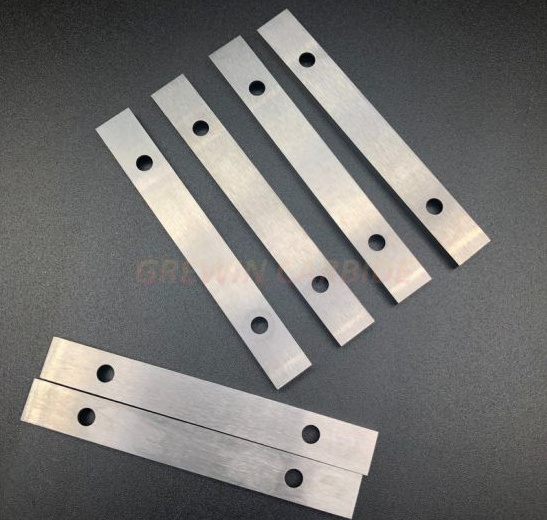
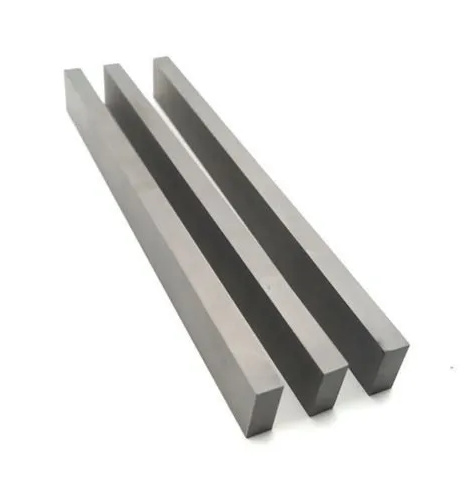
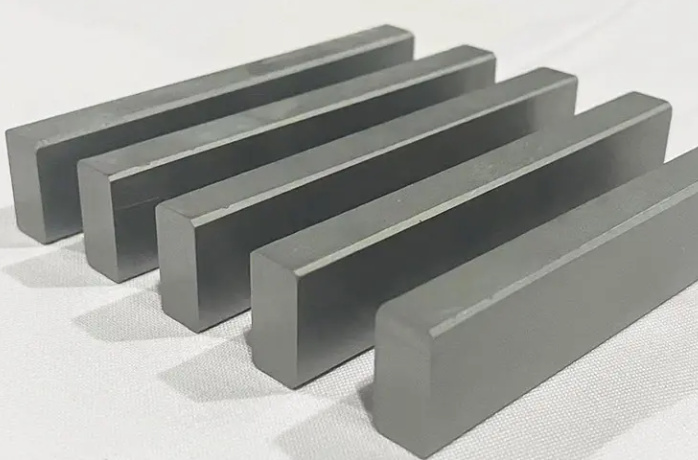
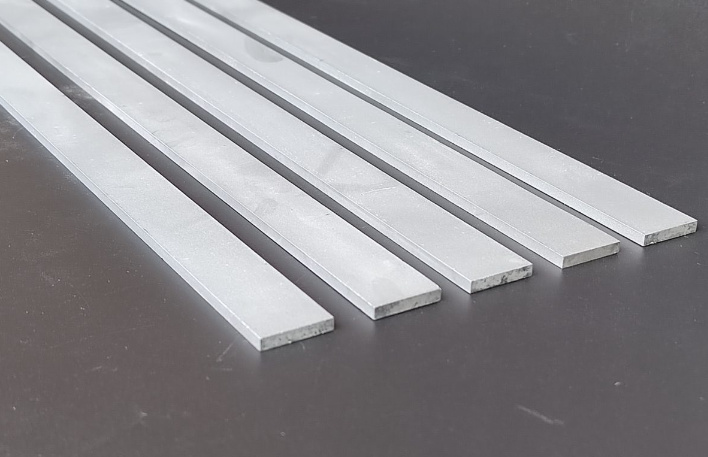
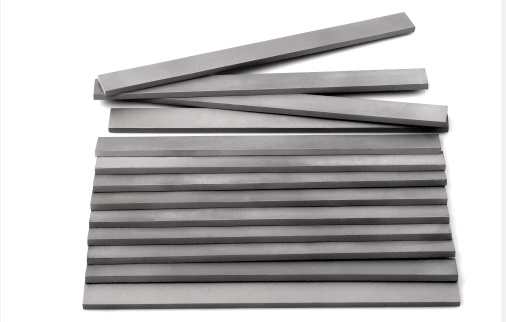
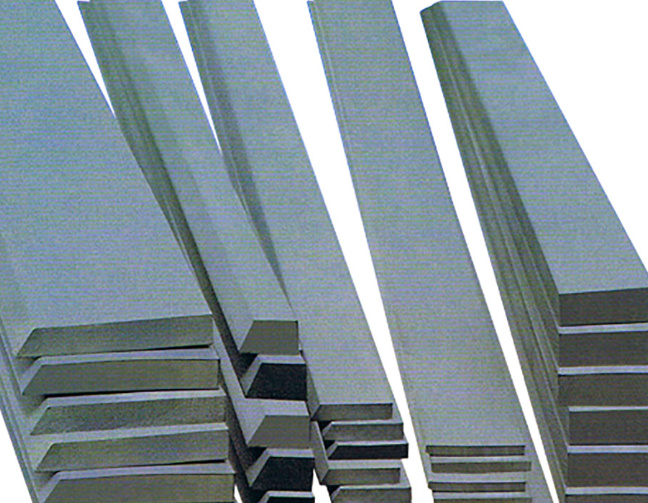
Entretien des Outils en carbure
Pour tirer le meilleur parti de vos outils en carbure, un entretien régulier est essentiel. Traitez-les bien et ils vous récompenseront par des performances de premier ordre. Voici comment procéder :
- Garder les outils propres : Enlever les débris et les accumulations après chaque utilisation.
- Vérifier qu'il n'y a pas de dommages : Recherchez les ébréchures, les fissures ou les bords émoussés. Remplacez rapidement les outils endommagés.
- Stocker correctement : Utilisez les supports prévus à cet effet afin d'éviter tout dommage accidentel.
- Surveiller l'usure des outils : Utiliser des systèmes de gestion de la durée de vie des outils ou vérifier manuellement les indicateurs d'usure.
- Aiguiser selon les besoins : Certains outils en carbure peuvent être réaffûtés pour prolonger leur durée de vie.
Conseils pratiques pour réduire l'usure des outils en carbure et des machines CNC
| Conseil | Description |
|---|---|
| Optimiser les paramètres de coupe | Utiliser les vitesses et les avances correctes pour le matériau et l'outil utilisés. |
| Utiliser des liquides de refroidissement | Appliquer des fluides de coupe pour réduire l'accumulation de chaleur et prolonger la durée de vie de l'outil. |
| Éviter la surcharge | Ne poussez pas les outils au-delà de leur capacité nominale afin d'éviter une défaillance prématurée. |
| Étalonnage régulier des machines | Veillez à ce que votre machine à commande numérique soit calibrée avec précision pour des opérations précises. |
| Choisir des matériaux de qualité | Utiliser des matières premières de haute qualité pour minimiser l'usure des outils due aux impuretés. |
| Adopter des porte-outils appropriés | Fixer fermement les outils pour réduire les vibrations et améliorer la précision de la coupe. |
Éléments à prendre en compte lors de l'achat de machines à carbure et de machines à commande numérique
Investir dans outils en carbure et des machines à commande numérique est une décision importante. Voici ce qu'il faut garder à l'esprit :
- La qualité compte : Privilégiez toujours les fabricants réputés qui ont fait leurs preuves.
- Compatibilité des matériaux : Assurez-vous que la machine et les outils sont adaptés aux matériaux avec lesquels vous allez travailler.
- Facilité d'entretien : Des machines et des outils plus faciles à entretenir permettent d'économiser du temps et de l'argent.
- Options de personnalisation : Recherchez des outils et des machines qui offrent une certaine flexibilité pour diverses applications.
- Budget et retour sur investissement : Équilibrer les coûts initiaux avec les avantages à long terme tels que l'efficacité et la durabilité.
Avantages et limites des machines en carbure et des machines à commande numérique
| Aspect | Outils en carbure | Machines CNC |
|---|---|---|
| Avantages | Dureté, résistance à la chaleur, longue durée de vie | Précision, polyvalence, efficacité |
| Limites | Coût plus élevé, fragilité sous l'effet d'une force extrême | Coût initial, nécessite des opérateurs qualifiés |

FAQ
| Question | Réponse |
|---|---|
| Qu'est-ce qui fait que les outils en carbure sont meilleurs que les outils en acier rapide ? | Les outils en carbure sont plus durs, durent plus longtemps et supportent des températures plus élevées. |
| Les outils en carbure peuvent-ils être affûtés ? | Oui, de nombreux outils en carbure peuvent être réaffûtés, mais cela nécessite un équipement spécial. |
| Les machines CNC sont-elles adaptées aux petites entreprises ? | Absolument ! Les modèles CNC compacts offrent une grande valeur ajoutée pour les petites entreprises. |
| Comment choisir la bonne machine CNC ? | Tenez compte de votre matériau, de votre volume de production et de votre budget lors de la sélection d'un modèle. |
| Quels matériaux les outils en carbure peuvent-ils couper ? | Ils peuvent couper des métaux, des plastiques, des composites et même des céramiques. |




